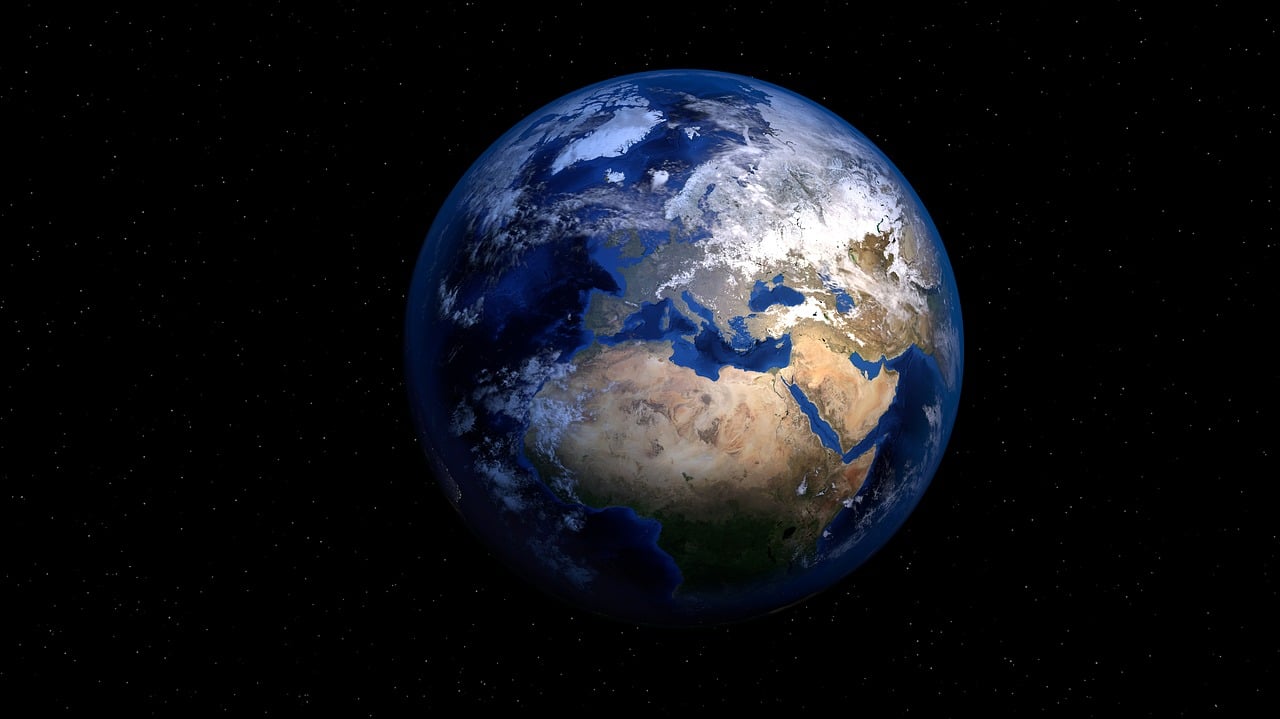The rapid development of science and technology has allowed us to answer many questions regarding our surroundings. However, one question still remains unanswered and that is: How did the ancestor of all life on Earth come to exist? A group of scientists from the University of Bristol has gotten a step closer to that answer in a new study.
The new study, led by researchers from the University of Bristol, combined genomic and fossil data to give more information about the ancestor of all life on Earth. As the researchers explained, it is hard to study the fossil record of early life on Earth because it is fragmented and the quality decreases with time toward the Archaean period that occurred more than 2.5 billion years ago.
At that time, Earth’s crust had sufficiently cooled for its continents to start to form in order to support the first forms of life on Earth – microbes.
“There are few fossils from the Archaean and they generally cannot be unambiguously assigned to the lineages we are familiar with, like the blue-green or the salt-loving archaebacteria that colours salt-marshes pink all around the world,” Holly Betts, lead author of the study, from the University of Bristol’s School of Earth Sciences said in a statement.
Scientists still aren’t sure when the first cellular life appeared on Earth. While some people think that the ancestor of all life on Earth (LUCA) was cellular, an analysis is still undergoing regarding its true nature.
The new study, published in Nature, shows that the last universal common ancestor of all life on Earth appeared and existed around 4.5 billion years ago.
“Our results show that the last universal common ancestor of all life on our planet existed around 4.5 billion years ago,” Holly Betts told ValueWalk via email. “For example, the oldest possible fossils date to the Isua Chert in Greenland which is around 3.8 billion years old.”
The researchers are, however, certain that there are fossils that date to the Strelley Pool formation, about 3.4 billion years old. That said, life on Earth is much older than we thought, also before the late heavy bombardment occurred, a period of “prolonged asteroid collision.”
“It has been previously suggested that life could not survive this but our study suggests that it did,” Betts said.
Molecular clock
“Combining fossil and genomic information, we can use an approach called the “molecular clock” which is loosely based on the idea that the number of differences in the genomes of two living species (say a human and a bacterium) are proportional to the time since they shared a common ancestor,” the study’s co-author, Dr Tom Williams, from Bristol’s School of Biological Sciences said in a statement.
The team at Bristol and Mark Puttick from the University of Bath managed to use this method to determine a timescale that looks at the history of life on Earth. However, the method doesn’t only rely on the changing age of the oldest fossil that represents the evidence of life on Earth.
“In simplistic terms the molecular clock works loosely based on the idea that the number of differences in the genomes of two living species are proportional to the time since they shared a common ancestor,” Betts told ValueWalk.
The team used the “relaxed clock framework” which, for example, determines that the branches that belong to a tree have different rates of evolution. Then, the fossil calibrations of the tree would anchor it in real time and show its true age. They carefully chose the fossils that they were most certain of that would provide the necessary results.
“I think the main thing our studies does is to provide a timescale that doesn’t shift around but instead presents the ages for everything in a probabilistic way,” Betts said. “This means that even if the timescale is updated with new fossil evidence and more genes it won’t shift around in the way that an interpretation purely based on the fossil record does.”
With this study, researchers are certainly getting closer to unveiling the real origin of the ancestor of all life on Earth.





